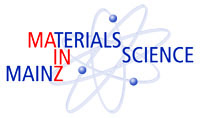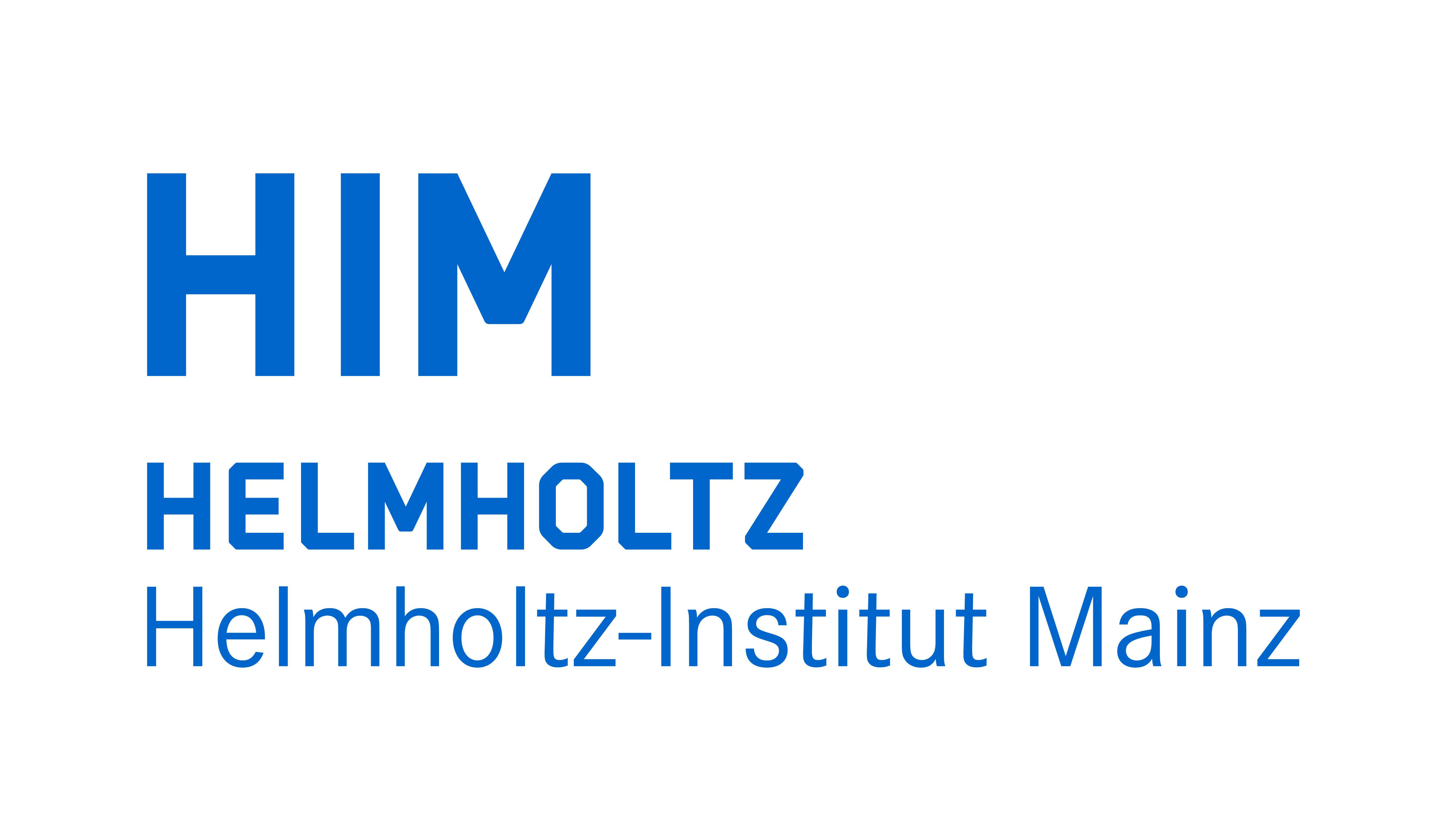


Physikalisches Kolloquium
Jan. 14, 2014 at
5 p.m. c.t.
in
Hörsaal des Instituts für Kernphysik, Becherweg 45
Prof. Dr. Alfons Weber
Institut für Physik
a.weber@uni-mainz.de
Prof. Dr. Hartmut Wittig
Institut für Kernphysik
hartmut.wittig@uni-mainz.de
Note: Mit Unterstützung der Exzellenz-Projekte MAINZ und PRISMA
Superconducting Quantum Hybrid Systems
Prof. Dr. Rudolf Gross (Physik-Department, Technische Universität München, Garching)
The combination of superconducting microwave cavities with superconducting, mechanical or magnetic nanosystems leads to the fascinating field of superconducting quantum hybrid systems, allowing the study of a rich variety of interesting phenomena. In particular, the strong and ultra-strong coupling regime, where the coupling rate to the cavity reaches a considerable fraction of the cavity transition frequency, can be achieved in such circuit-QED systems.
In circuit nano-electromechanics, the parametric coupling of electromagnetic and mechanical degrees of freedom gives rise to a host of electro-mechanical phenomena such as quantum-limited displacement measurements, sideband cooling or amplification of mechanical motion. Likewise, this interaction provides mechanically mediated functionality for the processing of electromagnetic signals, such as microwave amplification. We couple a superconducting niobium coplanar waveguide cavity to a silicon nitride based nanomechanical oscillator and demonstrate both electromagnetically induced transparency (EMIT) and absorption (EMIA), effects analogous to electromagnetically induced transparency and absorption in atomic physics. Using EMIT, we demonstrate all-microwave field-controlled tunable slowing and advancing of microwave signals, with millisecond distortion-free delay and negligible losses. Moreover, by temporally modulating the electromechanical coupling and correspondingly the transparency window, controllable switching of microwave signals is demonstrated.
Superconducting-magnetic circuit QED systems have been realized by coupling the ferrimagnetic insulator Y3Fe5O12 (YIG) to a superconducting CPW microwave resonator. The strong coupling regime between YIG and the microwave cavity, where the coupling rate exceeds the loss rates of both the resonator and the magnetic system, has been reached, allowing for the coherent exchange of the quantized excitations (magnons and photons). Such systems are key ingredients for solid state based hybrid quantum systems, where specific advantages of the subsystems are used for storing and transfer of quantum information.